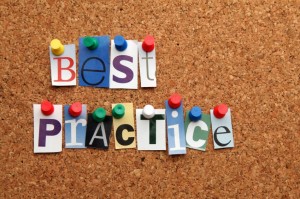
source: www.nateimhoff.com
If you have not read the book Rework, by Jason Fried and David Heinemeier Hannson then you could be wasting hundreds of thousands of dollars at your company, school or place of work.
When you think about it, the true cost of meetings is staggering ~Rework
The authors of Rework challenge the notion of meetings. To start with, they are expensive. For instance, if you have a one hour meeting with 25 people, you are really having a 25 hour meeting (and maybe more because of preparation time and follow up). To calculate how much money that costs the organization, you would then need to calculate the hourly rate for each employee and multiple it by 25.
Let’s take the Rework example and apply it to school administration. Picture your in a large school district with 25 school administrators who average about 100,000 in yearly salary. You bring these folks together for a two hour meeting once a month for 11 months. Each meeting “costs” at least 3,500 dollars, or about 40,000 per year. In addition, you also have to factor in the productivity lost during that time, coverage that might be needed, or time taken to make up the missed work. Rework makes you think about meetings in a different way. It challenges our preconceived notion of how we spend our time.
So, do we just abandon meetings all together? Reduce the time? Maximize the time (ie ensure that everyone is on task and engaged)? The authors of Rework suggest that if you absolutely must have a meeting, then follow these simple guidelines:
- Set a timer. When it rings, the meeting is over. Period
- Invite as few people as possible
- Always have a clear agenda
- Begin with a specific problem
- Meet at the site of the problem instead of conference room. Point to real things and suggest real changes
- End with a solution and make someone responsible for implementing it
Wow, think of these implications! School administrators having a meeting in your classroom, with a follow-up in the hallway focused on real change?



